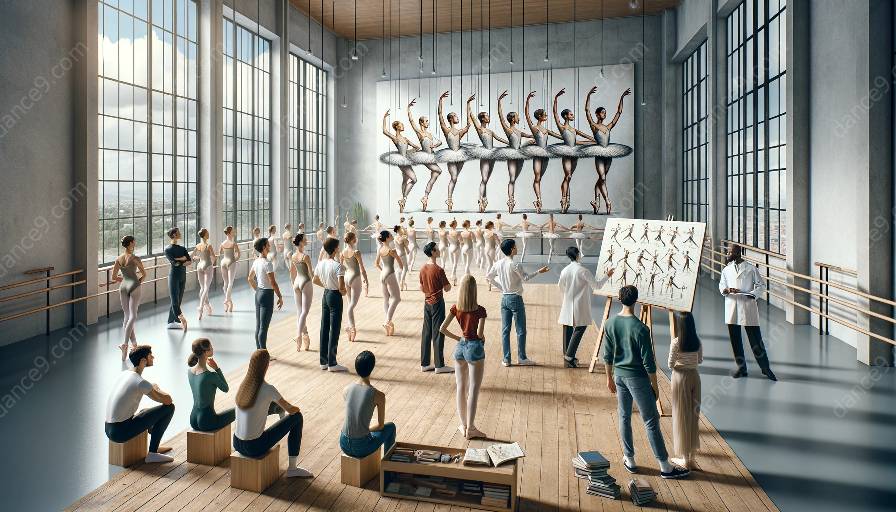Ballet notations are an essential tool for understanding the art of ballet, providing a unique way to record and convey complex dance movements. In this comprehensive guide, we will delve into the historical and theoretical aspects of ballet notations, as well as provide an introduction to the intricate language of ballet notations.
Understanding Ballet Notations
To truly appreciate ballet notations, one must grasp the significance of these symbols and notational systems in preserving and disseminating choreographic works. A thorough understanding of ballet notations opens the doors to interpreting, reconstructing, and preserving the rich heritage of ballet.
Ballet History and Theory
Understanding ballet notations also involves delving into the history and theory of ballet itself. From the court dances of the Renaissance to the grand ballets of the Romantic era and the modern innovations of the 20th century, the evolution of ballet mirrors the societal and cultural shifts of its time.
The Language of Ballet Notations
Ballet notations use a specialized language to capture movements, positions, and gestures. These notations provide a visual and symbolic representation of the choreography, offering a means to document and convey the intricacies of ballet moves in a standardized format.
Notation Systems
There are various notation systems in ballet, each with its own unique symbols and conventions. From the intricate Benesh Movement Notation to the detailed Labanotation, each system offers a distinct approach to capturing the nuances of ballet movements.
Applications of Ballet Notations
Beyond historical significance, ballet notations have practical applications in dance education, choreography, and dance research. They enable dancers to learn and recreate choreography from past performances and serve as a valuable resource for choreographers and dance scholars.
In Conclusion
Ballet notations serve as a bridge between the past and the present, allowing us to understand and interpret the timeless beauty of ballet. By exploring the historical, theoretical, and practical aspects of ballet notations, we enrich our appreciation of this exquisite art form.





























